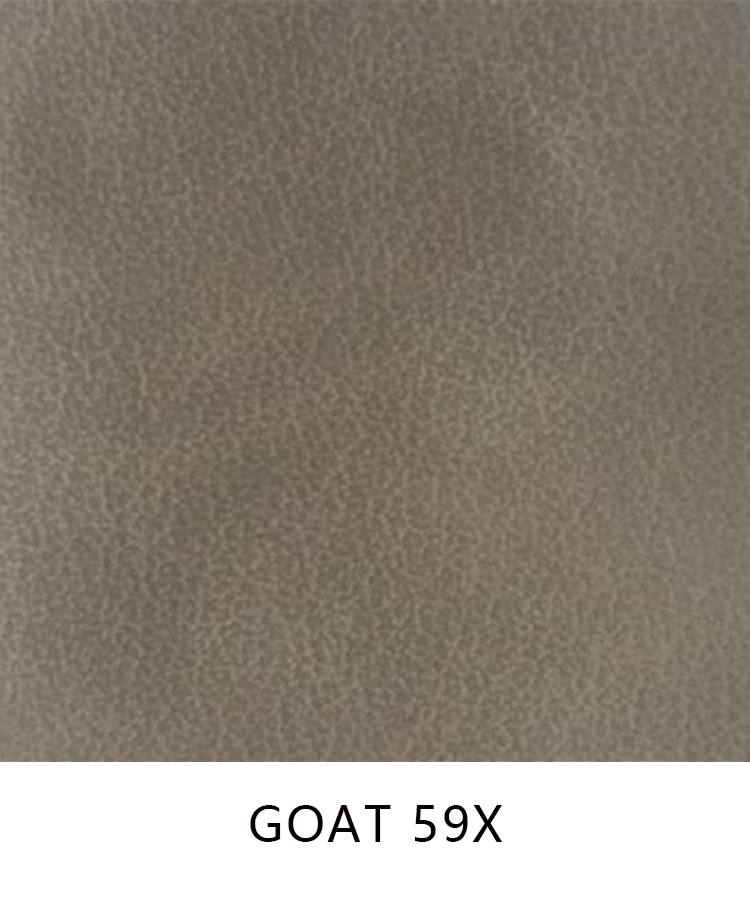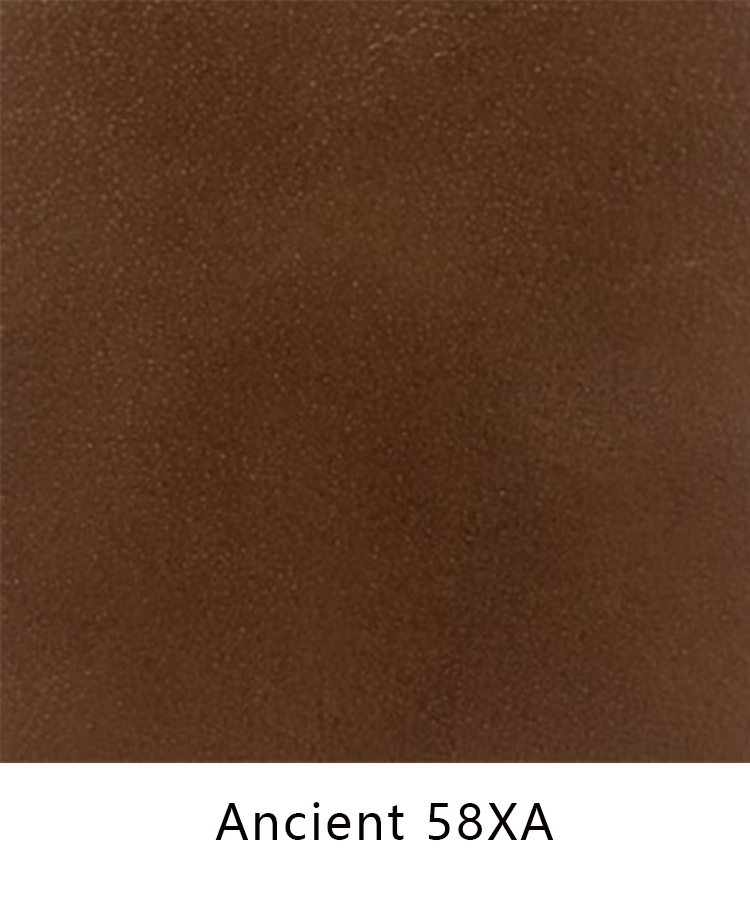Table of Contents
إيجابيات وسلبيات بطانات الأحذية الجلدية
اسم المقالة

فئة
| بطانة داخلية للحذاء | س |
| في الختام، توفر بطانات الأحذية الجلدية ملمسًا فاخرًا ومتانة وتهوية تجعلها خيارًا شائعًا للعديد من الأشخاص. ومع ذلك، فإن لها أيضًا عيوبها، بما في ذلك القابلية للتلف بسبب الرطوبة والحاجة إلى الصيانة الدورية. عند اختيار الأحذية ذات البطانات الجلدية، من المهم مراعاة هذه الإيجابيات والسلبيات لتحديد ما إذا كان الجلد هو الخيار الصحيح لاحتياجاتك. في النهاية، سيعتمد القرار على تفضيلاتك الشخصية وعوامل نمط حياتك. | فوائد بطانات الأحذية القماشية المسامية |
استكشاف استدامة مواد بطانة الأحذية المعاد تدويرها
استجابة لهذه المخاوف البيئية، تستكشف العديد من العلامات التجارية للأحذية الآن استخدام المواد المعاد تدويرها لبطانات الأحذية. توفر المواد المعاد تدويرها بديلاً أكثر استدامة للخيارات التقليدية، لأنها تساعد في تقليل الطلب على الموارد الجديدة وتحويل النفايات من مدافن النفايات. بالإضافة إلى ذلك، فإن استخدام المواد المعاد تدويرها يمكن أن يساعد العلامات التجارية على تقليل البصمة الكربونية وتحسين ممارسات الاستدامة الشاملة.
أحد الخيارات الشائعة لبطانات الأحذية المعاد تدويرها هو البوليستر المعاد تدويره. البوليستر عبارة عن مادة متعددة الاستخدامات ومتينة يمكن تصنيعها من الزجاجات البلاستيكية المعاد تدويرها أو نفايات النسيج أو غيرها من المواد بعد الاستهلاك. ومن خلال استخدام البوليستر المعاد تدويره لبطانات الأحذية، يمكن للعلامات التجارية المساعدة في تقليل كمية النفايات البلاستيكية في البيئة وتقليل اعتمادها على المواد الخام. توفر بطانات البوليستر المعاد تدويرها أيضًا نفس مستوى الراحة والأداء مثل البطانات التقليدية، مما يجعلها خيارًا قابلاً للتطبيق للمستهلكين المهتمين بالبيئة.
هناك خيار مستدام آخر لبطانات الأحذية وهو الرغوة المعاد تدويرها. تُستخدم الرغوة بشكل شائع في بطانات الأحذية لتوفير التوسيد والدعم، لكن المواد الرغوية التقليدية غالبًا ما تكون مصنوعة من مواد كيميائية ذات أساس بترولي. ومن ناحية أخرى، فإن الرغوة المعاد تدويرها مصنوعة من مواد ما بعد الاستهلاك مثل المطاط المعاد تدويره أو قصاصات الرغوة. من خلال استخدام الرغوة المعاد تدويرها في بطانات الأحذية، يمكن للعلامات التجارية تقليل تأثيرها البيئي وتعزيز الاقتصاد الدائري من خلال إعادة استخدام المواد التي قد ينتهي بها الأمر في مدافن النفايات.
بالإضافة إلى البوليستر والرغوة المعاد تدويرهما، تستكشف بعض العلامات التجارية أيضًا مواد مبتكرة مثل الفلين والخيزران والقنب لبطانات الأحذية. توفر هذه المواد الطبيعية بديلاً أكثر استدامة للخيارات التقليدية، لأنها قابلة للتحلل الحيوي ومتجددة وتتطلب موارد أقل لإنتاجها. الفلين، على سبيل المثال، هو مادة مستدامة يتم حصادها من لحاء أشجار بلوط الفلين دون الإضرار بالشجرة نفسها. يعد الخيزران خيارًا آخر صديقًا للبيئة وينمو بسرعة ويتطلب الحد الأدنى من المياه والمبيدات الحشرية لزراعته. القنب هو نبات متعدد الاستخدامات يمكن استخدامه لصنع بطانات متينة وجيدة التهوية للأحذية.
بشكل عام، يعد استخدام المواد المعاد تدويرها والمستدامة لبطانات الأحذية خطوة إيجابية نحو تقليل التأثير البيئي لصناعة الأحذية. ومن خلال اختيار خيارات صديقة للبيئة، يمكن للعلامات التجارية المساعدة في حماية الكوكب وتعزيز مستقبل أكثر استدامة للأزياء. ومع زيادة وعي المستهلكين بأهمية المواد المستدامة، فمن المرجح أن يستمر الطلب على بطانات الأحذية المعاد تدويرها في النمو. ومن خلال الاستثمار في الممارسات والمواد المستدامة، لا تستطيع العلامات التجارية تقليل بصمتها البيئية فحسب، بل يمكنها أيضًا جذب سوق متنامية من المستهلكين المهتمين بالبيئة.
Shoe lining material is an essential component of any footwear, as it plays a crucial role in providing comfort and support to the wearer. One of the most popular choices for shoe lining material is breathable fabric, which offers a range of benefits that make it a preferred option for many consumers.
Breathable fabric shoe linings are designed to allow air to circulate within the shoe, helping to regulate temperature and prevent moisture buildup. This can help to keep the feet cool and dry, reducing the risk of discomfort and foot odor. In addition, breathable fabric shoe linings are often made from materials that wick away moisture, such as mesh or cotton, further enhancing their ability to keep the feet dry and comfortable.
Another benefit of breathable fabric shoe linings is their ability to prevent the growth of bacteria and fungi. By allowing air to circulate within the shoe, breathable fabric linings can help to reduce the buildup of sweat and moisture, which can create an environment conducive to the growth of odor-causing bacteria and fungi. This can help to keep the feet healthy and free from unpleasant odors, making breathable fabric shoe linings a popular choice for those who are prone to foot infections or odor issues.
Breathable fabric shoe linings are also known for their durability and longevity. Unlike some other types of shoe lining materials, such as leather or synthetic materials, breathable fabric linings are often more resistant to wear and tear, making them a cost-effective option for consumers looking for long-lasting footwear. Additionally, breathable fabric shoe linings are often easier to clean and maintain than other types of linings, making them a convenient choice for those who lead active lifestyles or are constantly on the go.
In addition to their practical benefits, breathable fabric shoe linings are also available in a wide range of styles and colors, making it easy for consumers to find a lining that complements their personal style and preferences. Whether you prefer a classic black lining or a bold, colorful option, there is sure to be a breathable fabric shoe lining that suits your taste.
Overall, breathable fabric shoe linings offer a range of benefits that make them a popular choice for consumers looking for comfortable, durable footwear. From their ability to regulate temperature and prevent moisture buildup to their resistance to bacteria and fungi, breathable fabric linings are a versatile option that can help to keep your feet healthy and comfortable throughout the day. Whether you are looking for a practical, long-lasting lining or a stylish option that complements your personal style, breathable fabric shoe linings are a great choice for anyone in need of quality footwear.
Exploring the Sustainability of Recycled Shoe Lining Materials
In recent years, there has been a growing awareness of the environmental impact of the fashion industry, particularly in the production of footwear. As consumers become more conscious of the materials used in their shoes, there has been a shift towards sustainable and eco-friendly options. One area that has gained attention is the lining material used in shoes, which plays a crucial role in providing comfort and support to the wearer.
Traditionally, shoe linings have been made from a variety of materials, including leather, synthetic fabrics, and foam. While these materials offer durability and comfort, they also come with a significant environmental cost. Leather production, for example, is associated with deforestation, water pollution, and greenhouse gas emissions. Synthetic fabrics, on the other hand, are often made from petroleum-based materials that are non-biodegradable and contribute to plastic pollution.

In response to these environmental concerns, many footwear brands are now exploring the use of recycled materials for shoe linings. Recycled materials offer a more sustainable alternative to traditional options, as they help reduce the demand for new resources and divert waste from landfills. Additionally, using recycled materials can help brands reduce their carbon footprint and improve their overall sustainability practices.
One popular option for recycled shoe linings is recycled polyester. Polyester is a versatile and durable material that can be made from recycled plastic bottles, textile waste, or other post-consumer materials. By using recycled polyester for shoe linings, brands can help reduce the amount of plastic waste in the environment and lower their reliance on virgin materials. Recycled polyester linings also offer the same level of comfort and performance as traditional linings, making them a viable option for eco-conscious consumers.
Another sustainable option for shoe linings is recycled foam. Foam is commonly used in shoe linings to provide cushioning and support, but traditional foam materials are often made from petroleum-based chemicals. Recycled foam, on the other hand, is made from post-consumer materials such as recycled rubber or foam scraps. By using recycled foam for shoe linings, brands can reduce their environmental impact and promote a circular economy by reusing materials that would otherwise end up in landfills.
In addition to recycled polyester and foam, some brands are also exploring innovative materials such as cork, bamboo, and hemp for shoe linings. These natural materials offer a more sustainable alternative to traditional options, as they are biodegradable, renewable, and require fewer resources to produce. Cork, for example, is a sustainable material that is harvested from the bark of cork oak trees without harming the tree itself. Bamboo is another eco-friendly option that grows quickly and requires minimal water and pesticides to cultivate. Hemp is a versatile plant that can be used to make durable and breathable linings for shoes.
Overall, the use of recycled and sustainable materials for shoe linings is a positive step towards reducing the environmental impact of the footwear industry. By choosing eco-friendly options, brands can help protect the planet and promote a more sustainable future for fashion. As consumers become more aware of the importance of sustainable materials, it is likely that the demand for recycled shoe linings will continue to grow. By investing in sustainable practices and materials, brands can not only reduce their environmental footprint but also appeal to a growing market of eco-conscious consumers.







